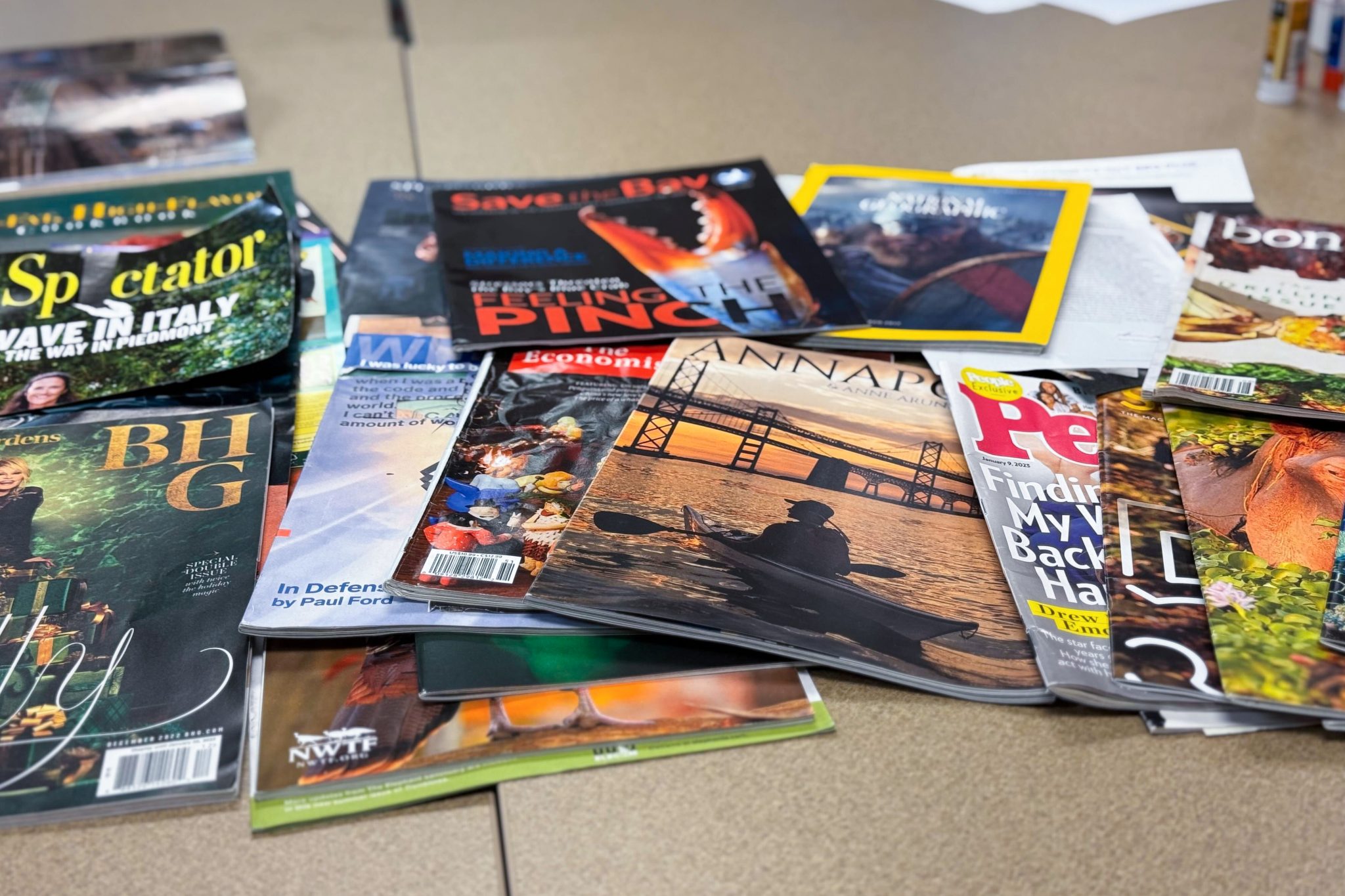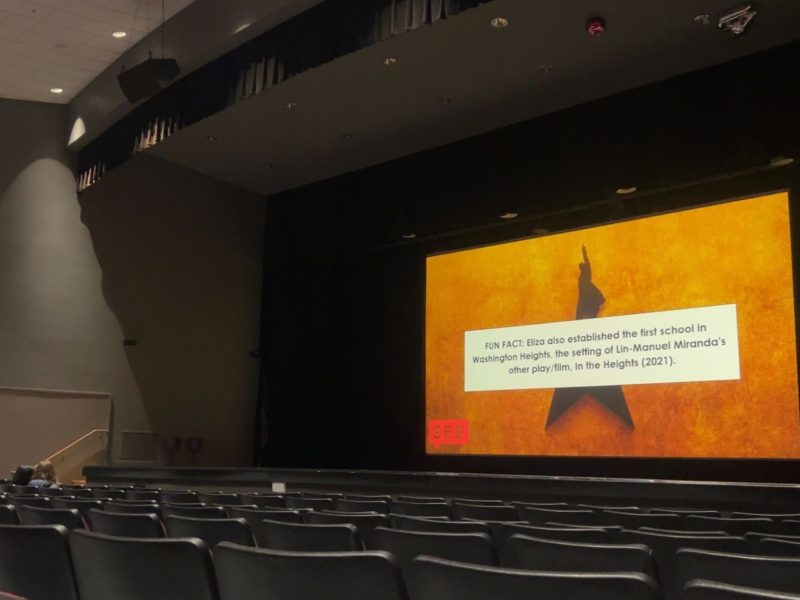Zines — pronounced like “magazine” — are the history books of counterculture, inviting students for decades to experiment with clippings, texts and art.
Students at the University of Maryland can design their own eclectic booklets at Zine Club, which lecturer Max Barnewitz relaunched at a meeting earlier this month in Tawes Hall with the help of the English department’s BookLab.
BookLab previously ran a Zine Club before the pandemic, but was unable to continue the club afterward, Barnewitz said.
Zines have historically been a form of self-expression. Barnewitz said zines can be artistically inclined, comics, scientific or informative — it is what the maker makes it.
[‘Saturday Night’ unveils the chaos of SNL’s debut]
“[Zines] are, I think, generally described as self-published works of a small print size,” Barnewitz said. “They’re more dedicated to sharing ideas, sharing things that you’re interested in.”
Barnewitz, also a University Honors collegiate fellow, received a masters of fine arts degree in comics, coordinated zine festivals and continued their research on comics and zines at this university.
Barnewitz and BookLab provide students with collage materials, magazines and art supplies. Immediately, students at the meeting jumped into action and started to share their ideas with each other.
“[It’s important] to have people come together to create together,” junior geology major Charlie McFadden said. “It’s important for group creation, as well as individual.”
McFadden was looking for arts and writing clubs to get involved with before he found Zine Club. McFadden said he enjoys mixed media creation and was glad for the friendly atmosphere.
At the meeting, McFadden created an oceanic life-themed collage with cutouts from National Geographic magazines. McFadden is drawn to images of seascapes and wanted to show his interest in art and the ocean together in his collage, he said.
Jamie Thurmond, a freshman technology and information design major, found the club’s atmosphere to be pleasant, and liked the community of people interested in zines.
“What really makes a club, and also what really makes a zine is this community,” Thurmond said. “Being able to hear other people’s stories [and] perspectives, but also being able to see their zines is pretty cool.”
Thurmond began working on the cover for a zine during the club meeting, but said she was unsure of the route to take her work, considering a more comedic route.
[PrettyLittle Thing brings East Coast pop up bus to UMD]
For a long time, Thurmond made copies of books, soon developing an interest in alternative comics that led her to zine culture.
Barnewitz said the club’s goal will emerge as time goes on, but they hope to build a community where students learn to make zines and connect with their artistic side.
“I think regardless of whether students are pursuing the arts as their major, the arts can help you process your own experiences and also make connections with other people,” Barnewitz said.
CORRECTION: A previous version of this story misstated that Max Barnewitz is a collegiate fellow in this university’s Honors College. Barnewitz is a University Honors fellow. This story has been updated.



